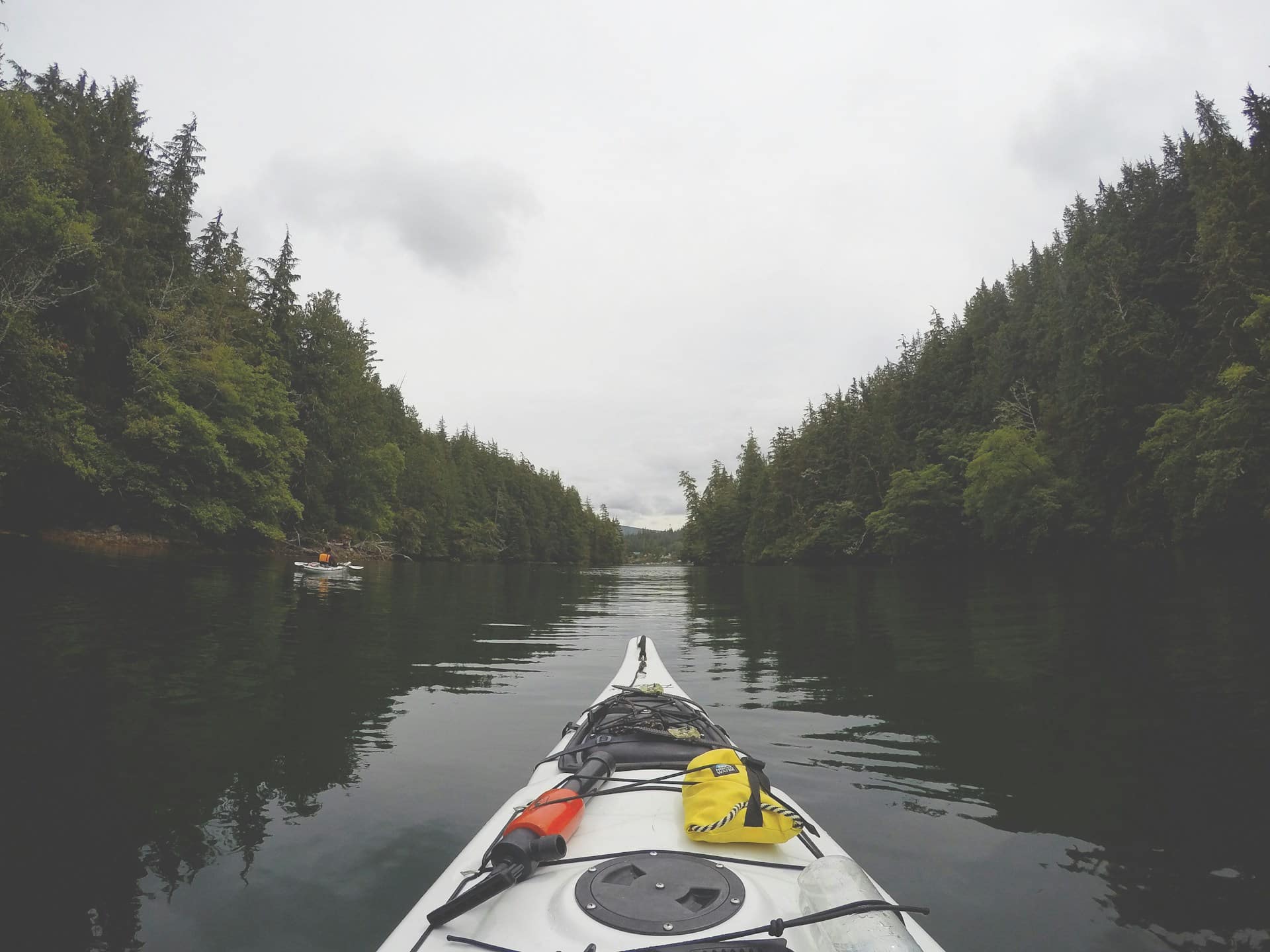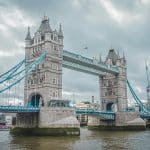Camping in the great outdoors paired with the thrill of canoeing or kayaking down the UK’s abundant rivers offers a unique adventure for outdoor enthusiasts. This combination of water and land-based activity brings a whole new level of excitement and challenge to your getaway. However, it also comes with the responsibility of securing your kayak or canoe during camping. This article delves into the best methods for securing a canoe or kayak when you’re camping by the rivers in the UK.
Choosing a Suitable Campsite
Before you immerse yourself in the exhilaration of paddling, it’s crucial to consider where you’re going to set camp for the night. Your choice of campsite has significant implications on how well you can secure your boat.
En parallèle : What safety precautions are necessary for coastal camping in the UK?
When looking for a campsite, you should consider the proximity to the river. A closer location will make it easier to keep an eye on your vessel, but too close, and you may risk the boat being swept away by potential changes in water level. Also, look for a site that offers natural features like trees or large rocks. These can serve as anchoring points for your canoe or kayak when you’re not on the water.
A flat, dry area is also desirable as it reduces the risk of your boat sliding or rolling into the water. Lastly, always consider the local wildlife. Some animals may be attracted to the boat due to curiosity or the smell of food, so it would be wise to secure food items elsewhere.
A lire aussi : What are the benefits of off-season camping in UK national parks?
Preparing Your Kayak or Canoe for Securing
Before securing your kayak or canoe, it’s crucial to prepare it correctly. First, remove all gear from your boat. Not only does this minimize the risk of losing items if the boat somehow drifts away, but it also makes the boat lighter and easier to handle.
Next, flip your boat over. This helps prevent water from collecting in the seating area or other compartments and also offers a degree of protection from any rainfall.
Finally, always ensure that your paddle is safely stored away. It’s the key to your mobility on the water, and losing it could put you in a troublesome situation.
Methods of Securing Your Canoe or Kayak
The actual process of securing your canoe or kayak can be done in numerous ways. One common method is to use ropes or cords to tie the boat to a sturdy tree or rock. This will prevent the boat from being moved by winds or small animals.
Another great strategy is to use a cable lock system. These systems involve a steel cable that can be looped around the boat and a secure object, then locked in place. This not only provides security against environmental factors but also against potential thieves.
For those who prefer an extra layer of security, there are also specialized kayak or canoe locks available. These locks function like a bicycle lock, securing the boat to a solid object and providing a deterrent against theft.
Considering the Weather and River Conditions
The weather and river conditions are unpredictable and can influence how you should secure your canoe or kayak.
In the event of rainfall, ensure the boat is flipped upside down to prevent water accumulation. Also, consider tying the boat higher up if you’re expecting a significant rise in the water level or if the river is known for its sudden water surges.
High winds can move your boat, especially if it’s light and not correctly secured. In such cases, it may be worth adding extra weight inside the boat, such as rocks or heavy gear.
Final Thoughts
Securing a canoe or kayak during your camping trip is a crucial aspect that shouldn’t be overlooked. It not only protects your investment but also ensures your safety and the success of your trip. By choosing a suitable campsite, properly preparing your boat, using effective securing methods and considering weather and river conditions, you can rest assured knowing your canoe or kayak is safe and ready for your next day of paddling in Scotland’s or any other UK’s beautiful rivers.
Securing Your Camping Gear and Accessories
Once your canoe or kayak is secure, it’s essential to consider your camping gear. This includes items like your sleeping bag, camping trips essentials, dry bags, and paddle boarding gear. If you’re planning a wild camping adventure in the National Park or a sea kayaking trip around Loch Tay or the River Tay, you’ll want to make sure all your equipment is safe and secure.
Start by storing all the smaller items and personal belongings in dry bags. These bags are designed to keep your things dry even in the wettest conditions, making them ideal for riverside camping. For larger items, consider using a tarp or a waterproof tent. These can provide a secure and dry place for you to store your gear.
Another essential part of your gear is your paddle. It’s your lifeline in the water, and without it, you could find yourself in a tricky situation. Always ensure that your paddle is stored safely away from the water and secured to a tree or your tent. If possible, have a spare paddle, just in case.
If you’re bringing along food for your camping trip, remember to store it away from your camping gear. Animals may be attracted to the scent, and you don’t want them rummaging through your belongings. Consider using bear canisters or other wildlife-proof containers to keep your food safe.
Embracing the Wild Swimming and Paddle Boarding Experience
After securing your canoe or kayak and camping gear, it’s time to embrace the fun part of your trip. Whether you’re planning a wild swimming adventure in the Great Glen or a paddle boarding experience in the National Park, the UK’s rivers offer a plethora of opportunities for water sports enthusiasts.
Wild swimming is a refreshing and exhilarating activity that allows you to immerse yourself in nature. Just make sure you’re aware of the local regulations, as some areas may require a permit.
Paddle boarding, on the other hand, offers a more relaxed way to explore the UK’s rivers. It’s a fantastic way to navigate the tranquil waters and enjoy the stunning landscapes that surround you. Just remember to always wear a life jacket for safety.
However, no matter what activity you choose to indulge in, always remember to respect the local wildlife and environment. Leave no trace behind and take only memories with you.
In Conclusion
Camping by the rivers in the UK offers a unique blend of adventure and tranquility. It provides you with the opportunity to explore the stunning landscapes, engage in thrilling water sports, and have a camping trip to remember. But it also comes with the responsibility to secure your canoe or kayak and camping gear properly.
From choosing a suitable campsite, preparing your gear, and employing effective securing methods, to embracing the wild swimming and paddle boarding experience, every step requires careful planning and consideration. By doing so, you can ensure a safe and enjoyable canoeing or kayaking trip in the UK’s beautiful rivers, whether you’re exploring the vast Loch Tay, the tranquil River Tay, or the magnificent Great Glen.
Remember, the success of your trip is largely dependent on how well you prepare and secure your equipment. So, plan meticulously, secure your gear correctly, and embrace the adventure that awaits you on your next canoe or kayak camping trip.











